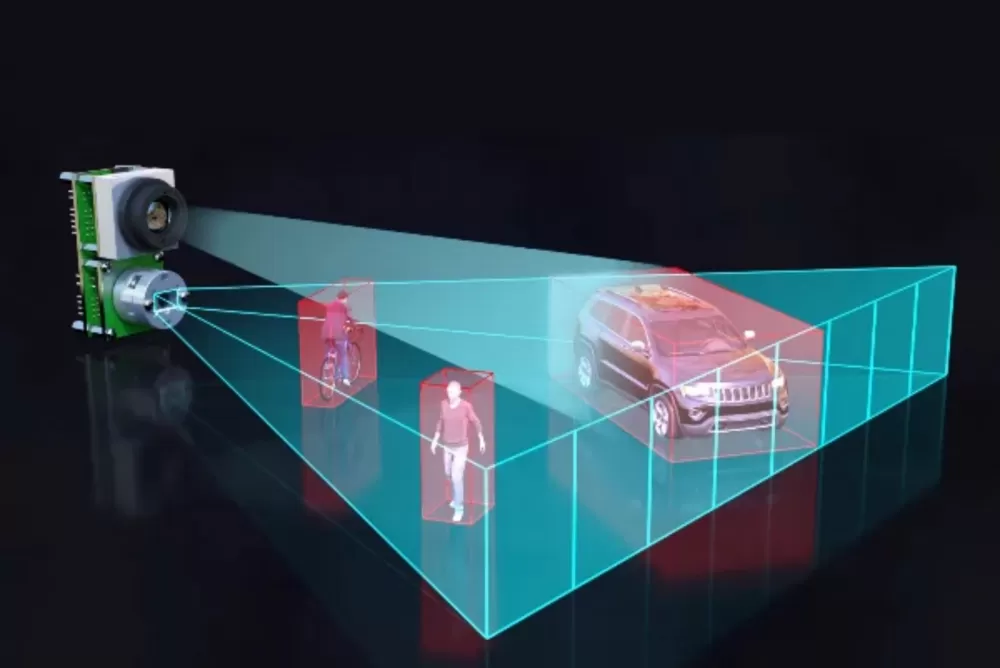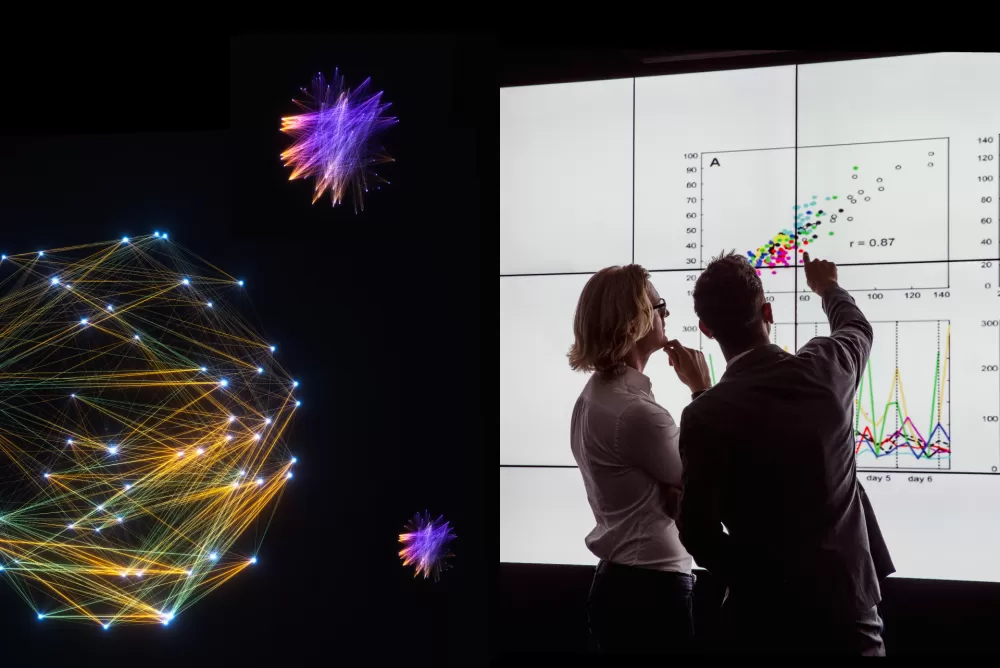
Touchless transition framework - a prudent step for rapid modernization with minimal risk
Read time: 3 minutes
The world is facing an unprecedented global human and health crisis – leading to no longer business as usual (BAU). Nobody knows when things will be back to normal; however, businesses must adapt to the present situation and make this the new normal or continue fencing the situation, losing out on customers and revenue.
It is imperative to adopt lean, efficient, and agile systems to adapt to the current times and for digitizing the supply chain or enabling remote working protocols. The same is elemental for moving specific IT or business workloads to a third-party vendor for more efficiency and cost-cutting.
Business continuity and digital transition
Transition is a single word with far-reaching implications. In the digital world, transition or digital transformation refers to the shifting of workloads or various portfolios from one entity to another to make the process lean and thereby drive efficiency. However, the critical factor in business transition is continuity – that is, you cannot disrupt the existing process while migrating from one vendor to another.
The Zensar team has developed a touchless transition framework that enables the transition of both vendor-managed and on-premise business and IT workloads to our experts without any business disruption or physical interaction.
During the present global pandemic outbreak, this framework becomes more relevant as it enables the transition of various workloads according to a client’s business goals – albeit remotely.
Touchless transition framework
Zensar’s proprietary touchless transition framework (TTF) is based on the below-mentioned tenets.
- Transparency
- Traceability
- Effectiveness
Transparency
- Transition Command Center – It is a one-stop to track how the transition is going on a detailed, summarized level with real-time executive dashboards for all the stakeholders.
Traceability
- Transition Index – It is a planning tool that determines the transition timeline, logical grouping, and order of applications to be transitioned using application parameters.
- Productivity Management Tools – The Microsoft Project Plan tracks and reports across transition workstreams.
Effectiveness
1. KT Assessment Index – This index ensures zero-knowledge leakage of a team member taking transition and evaluating it qualitatively and quantitatively on a scale of 1-3.
2.CAST Imaging – It’s a third-party tool used for static code analysis for team members to validate their learning by understanding the overall application structure and their hidden dependencies in case of complex applications, hostile incumbent vendors with no application documents.
3.Remote Collaboration Tools – The third-party tools like WebEx, MS-Teams, Blue Jeans with integrated voice, and screen share, with in-build transcribing (voice to text) available speeds up the knowledge transfer process and increase effectiveness.
4.Knowledge Academy – It’s a knowledge management academy that serves as the knowledge management portal using the concepts of knowledge acquisition and dissemination.
Zensar’s proprietary Touchless Transition Framework (TTF) involves four main steps. These include remote knowledge transfer planning, remote knowledge acquisition, remote shadow, and remote reverse shadow.
In the first step, to facilitate knowledge acquisition, we start by meticulously planning the KPIs, having them approved by the SME, and then integrating screen share and audio-based remote knowledge transfer tools to ensure seamless knowledge transfer without any gaps. In such cases, in the absence of proper documentation or digital workflows, most of the technical and business knowledge is centered in people – making the transition process people-centric. However, with remote knowledge transfer tool capabilities and reverse engineering tools, we orchestrate a seamless transition without any loss of knowledge.
Once the process of knowledge acquisition is complete, the built-in systems enable remote shadowing by client SME for validation and speeding up the learning curve. For example, in the COVID-19 situation, we are using tools like WebEx, MS Teams, Blue Jeans, etc., to enable virtual teamwork.

A planned approach for driving transparency and efficiency
The coronavirus outbreak has significantly impacted the top line of most businesses. Due to lockdowns and social distancing, most shops are closed, and the majority of offline corporations are not digitally ready to embrace e-commerce, with online accounting for only 10 to 15 percent of their sales.
A retailer aiming to boost its online presence from 15 to 50 percent must digitize its supply chain to enable omnichannel transactions that can be carried out online and fulfilled from existing retail stores to homes. Zensar can facilitate the first step of this transformation with the TTF framework through knowledge transfer and transition indexing to ensure BAU and minimize the risk during transition.
The key benefits of our TTF for enterprises include:
- Zero impact on ongoing BAU (business as usual) services.
- Zero compromises on current service, quality, and business SLA’s.
- Transition Index as an outcome to minimize the risk during transition.
- Robust documentation of existing applications/services.
- The knowledge assessment index ensures zero leakage of the knowledge acquired and implemented.
- Transparency in transition execution and reporting to stakeholders.
Customer-centricity and TTF
With TTF, we eliminate the physical handholding from this equation by using collaborative tools and technology for proper indexing, knowledge transfer, and shifting the workload. The highlight of this framework is that it is highly adaptable and customizable as per the client’s end goal.
TTF can drive both IT and business transitions and be used in an agile framework if the client has moved into an agile way. Check here to know more about our touchless transition framework



